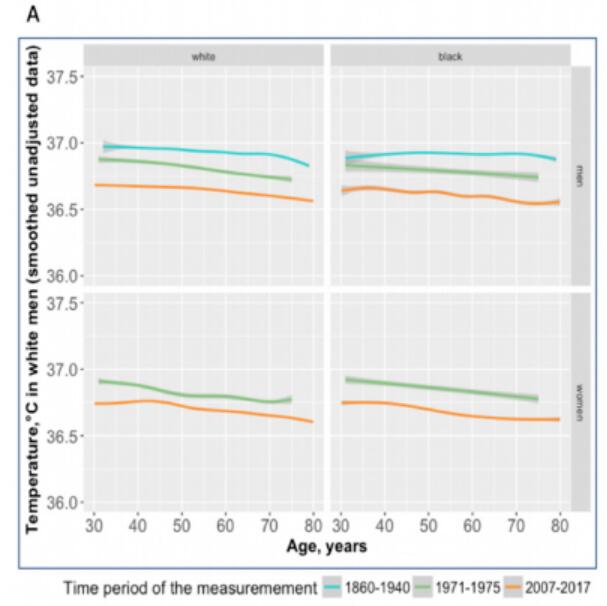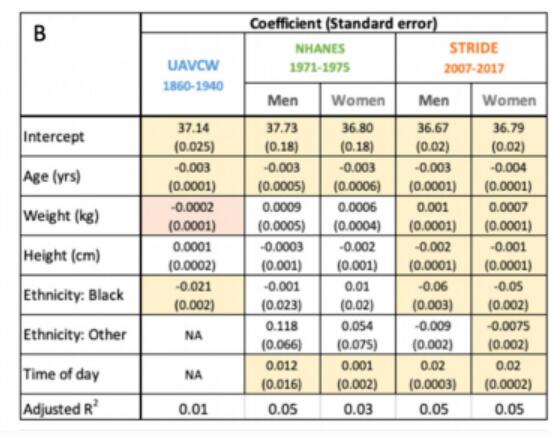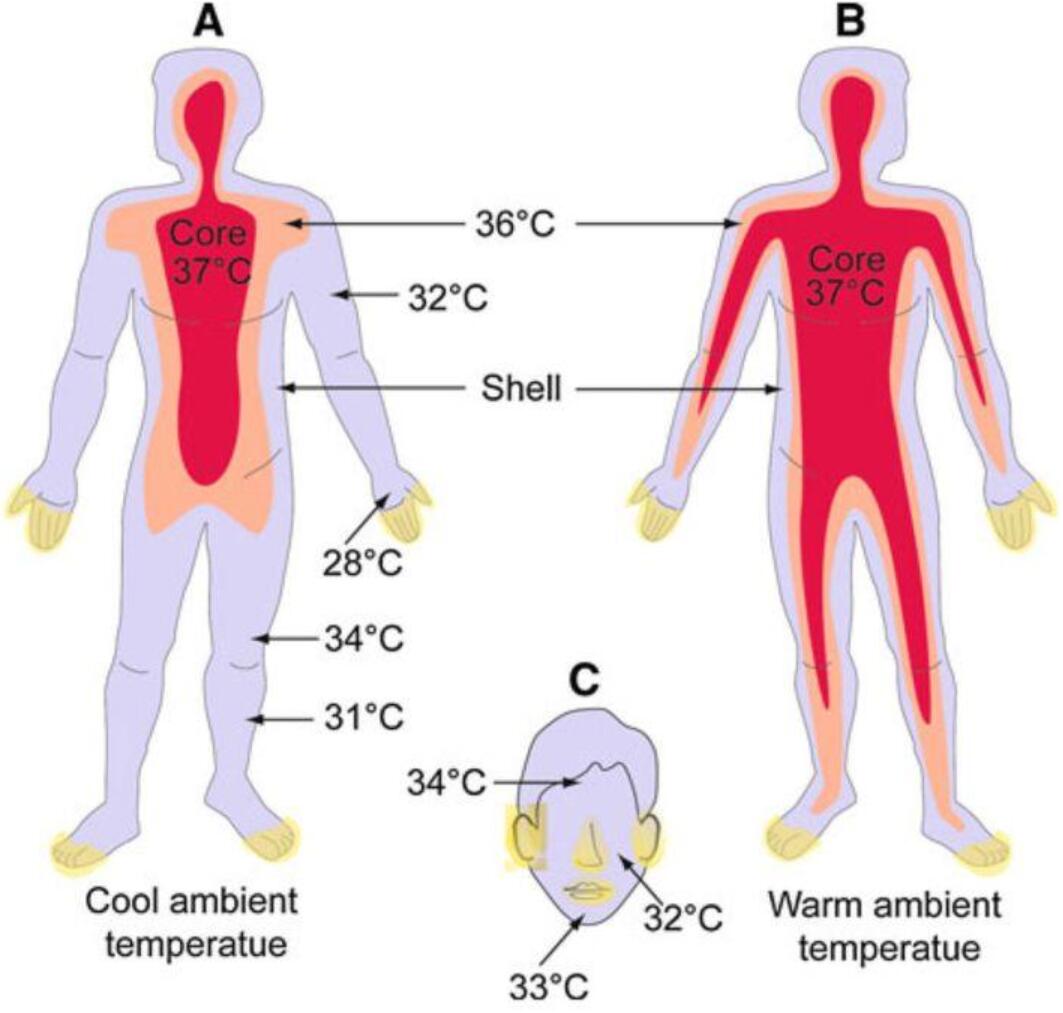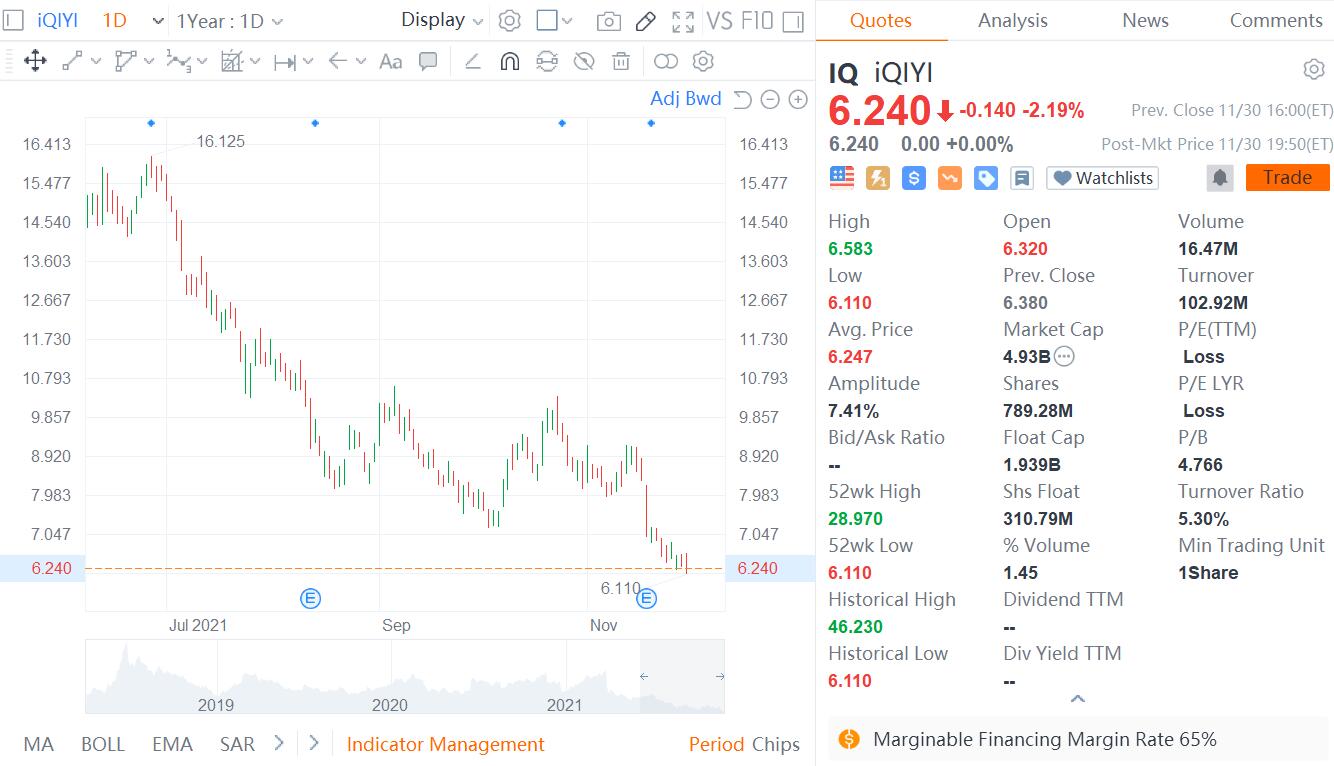
Recently, Julie Parsonnet, a professor at the Stanford University School of Medicine, and his team published a research paper entitled "Decreasing human body temperature in the United States since the Industrial Revolution" in the internationally renowned academic journal eLife.
The paper states that since the Industrial Revolution, the average body temperature of Americans has continued to fall, falling by 0.4 °C in less than 200 years, from 37 °C to 36.6 °C.
In 1851, German doctor Carl Reinhold August Wunderlich performed millions of temperature measurements on 25,000 patients, and based on these data, concluded that 37 degrees Celsius is the "physiological point" of normal body temperature.
In addition, Carl Reinhold August Wunderlich also invented the "thermometer"-a glass instrument with mercury in it, which is slightly higher than modern digital thermometers in terms of temperature and accuracy.
Although this standard does not seem to be rigorous today, it does set a precedent for judging the state of health clinically using body temperature.
But Professor Julie Parsonnet, the corresponding author of the above paper, said:
Our body temperature is not what people think. Although everyone knows that the normal body temperature is 37 degrees Celsius, this is not true.
According to the paper, the researchers compared data from three historical periods, with a total sample size of approximately 670,000:
1860-1940: body temperature data of more than 20,000 veterans who participated in the American Civil War;
1971-1975: American Health Survey;
2007-2017: Data in Stanford University database.
The following figure shows the basic characteristics of the three time period samples from left to right.
Research shows that about every 10 years, the average American body temperature drops by 0.03 degrees Celsius.
In fact, the research team's criteria for evaluating temperature changes are not just time spans, but also age, weight, height, and even skin color.
The figure below shows the coefficients and standard errors of a multivariate linear regression model from samples from different time periods.
The researchers also gave the average body temperature of samples of 30-year-old men and women of different skin tones weighing 70 kg and 170 cm in height at various time periods. It is not difficult to see that the average level of body temperature has indeed declined.
Why does average body temperature drop?
For the decline in the average body temperature, researchers are not clear why. But Julie Parsonnet believes that this may be related to changes in human living conditions:
As warming measures become more complete and indoor temperatures become more stable, most people can stay at a constant temperature. In order to adapt to the environment, the temperature will drop slightly.
The statement "the higher the body temperature in the normal range, the stronger the immunity" has been recognized by experts. The principle is that when the body temperature rises during fever, the activity and reproduction of some pathogenic microorganisms will become less active, which means that the fever is the human body. A beneficial protective mechanism evolved from infection by pathogenic microorganisms.
Therefore, Julie Parsonnet said that another possible reason is that the body's fever was originally resistant to fungi and viruses. With the improvement of health and diet, modern people have a lower chance of getting sick than people in the 19th century. Will cause the body temperature to drop:
At present, all kinds of antibody drugs can solve general inflammation, so humans do not need to accelerate the body's metabolism to resist diseases, and body temperature naturally drops.
37 degrees Celsius mainly refers to the core temperature of the human body (as shown in red in the figure above), which is mainly the temperature of the human body surrounding the living organs such as the heart, lungs, brain and liver.
In 1974, Beijing Chaoyang Hospital measured the body temperature of 1030 healthy adults. The measurement results (average temperature) were axillary temperature 36.8 °C, oral cavity 37.2 °C, and anal temperature (rectal temperature) 37.5 °C. Therefore, the results measured in different parts of the body are different, the anal temperature is higher than the oral temperature, and the oral temperature is higher than the axillary temperature. At the same time, human body temperature fluctuates within 24 hours.
Recently, Dr. Philip Mackowiak of the University of Maryland School of Medicine also questioned the above paper:
It is unreasonable to set a so-called normal temperature value as a standard for infections and diseases.
In response, the Julie Parsonnet team responded:
In recent years, the physiological characteristics of the human body have gradually changed in other aspects, such as getting taller and getting fatter, while the drop in body temperature is just another change.














